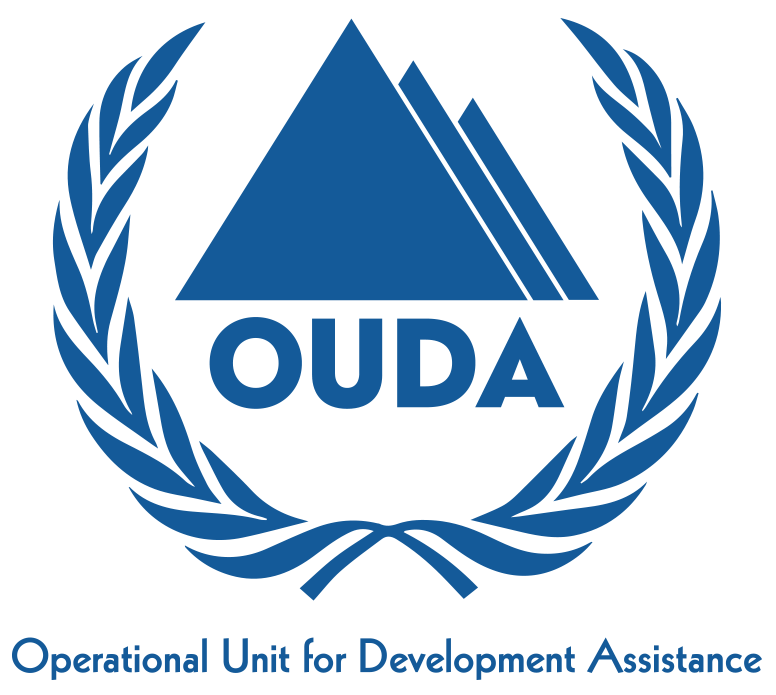CMA- Part1: Financial planning, performance, and Analytics
Free


Providing the participants with the knowledge and Skills to prepare them to pass Part 1 exam of the CMA , The CMA program promotes mastery of financial planning, analysis, control, and decision support through a rigorous curriculum and an extensive exam process.
- External Financial Reporting Decisions (15% – Levels A, B, and C)
1.Financial statements
- Balance sheet
- Income statement
- Statement of changes in equity
- Statement of cash flows
- Integrated reporting
- Recognition, measurement, valuation, and disclosure
- Asset valuation
- Valuation of liabilities
- Equity transactions
- Revenue recognition
- Income measurement
- Major differences between U.S. GAAP and IFRS
- Planning, Budgeting, and Forecasting (20% – Levels A, B, and C)
- Strategic planning
- Analysis of external and internal factors affecting strategy
- Long-term mission and goals
- Alignment of tactics with long-term strategic goals
- Strategic planning models and analytical techniques
- Characteristics of a successful strategic planning process
- Budgeting concepts
- Operations and performance goals
- Characteristics of a successful budget process
- Resource allocation
- Other budgeting concepts
- Forecasting techniques
- Regression analysis
- Learning curve analysis
- Expected value
- Budgeting methodologies
- Annual business plans (master budgets)
- Project budgeting
- Activity-based budgeting
- Zero-based budgeting
- Continuous (rolling) budgets
- Flexible budgeting
- Annual profit plan and supporting schedules
- Operational budgets
- Financial budgets
- Capital budgets
- Top-level planning and analysis
- Pro forma income
- Financial statement projections
- Cash flow projections
- Performance Management (20% – Levels A, B, and C)
- Cost and variance measures
- Comparison of actual to planned results
- Use of flexible budgets to analyze performance
- Management by exception
- Use of standard cost systems
- Analysis of variation from standard cost expectations
- Responsibility centers and reporting segments
- Types of responsibility centers
- Transfer pricing
- Reporting of organizational segments
- Performance measures
- Product profitability analysis
- Business unit profitability analysis
- Customer profitability analysis
- Return on investment
- Residual income
- Investment base issues
- Key performance indicators (KPIs)
- Balanced scorecard
- Cost Management (15% – Levels A, B, and C)
- Measurement concepts
- Cost behavior and cost objects
- Actual and normal costs
- Standard costs
- Absorption (full) costing
- Variable (direct) costing
- Joint and by-product costing
- Costing systems
- Job order costing
- Process costing
- Activity-based costing
- Life-cycle costing
- Overhead costs
- Fixed and variable overhead expenses
- Plant-wide vs. departmental overhead
- Determination of allocation base
- Allocation of service department costs
- Supply chain management
- Lean resource management techniques
- Enterprise resource planning (ERP)
- Theory of Constraints
- Capacity management and analysis
- Business process improvement
- Value chain analysis
- Value-added concepts
- Process analysis, redesign, and standardization
- Activity-based management
- Continuous improvement concepts
- Best practice analysis
- Cost of quality analysis
- Efficient accounting processes
- Internal Controls (15% – Levels A, B, and C)
- Governance, risk, and compliance
- Internal control structure and management philosophy
- Internal control policies for safeguarding and assurance
- Internal control risk
- orporate governance
- External audit requirements
- System controls and security measures
- General accounting system controls
- Application and transaction controls
- Network controls d. Backup controls
- Business continuity planning
- Technology and Analytics (15% – Levels A, B, and C)
- Information systems
- Accounting information systems
- Enterprise resource planning systems
- Enterprise performance management systems
- Data governance
- Data policies and procedures
- Life cycle of data
- Controls against security breaches
- Technology-enabled finance transformation
- System development life cycle
- Process automation
- Innovative applications
- Data analytics
- Business intelligence
- Data mining
- Analytic tools
- Data visualization
Course Features
- Lectures 0
- Quizzes 0
- Duration 90 hours
- Skill level All levels
- Language English
- Students 0
- Assessments Yes

